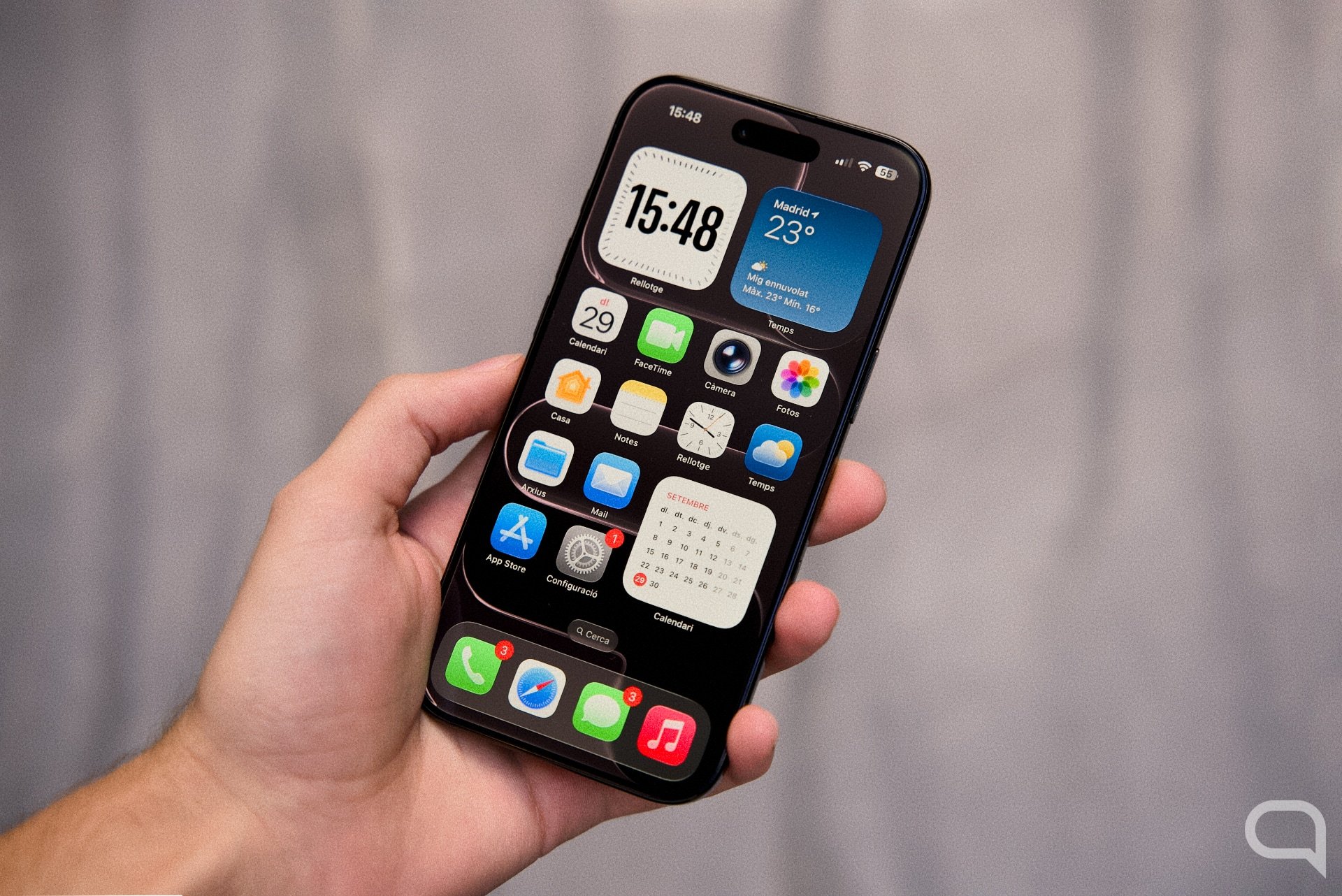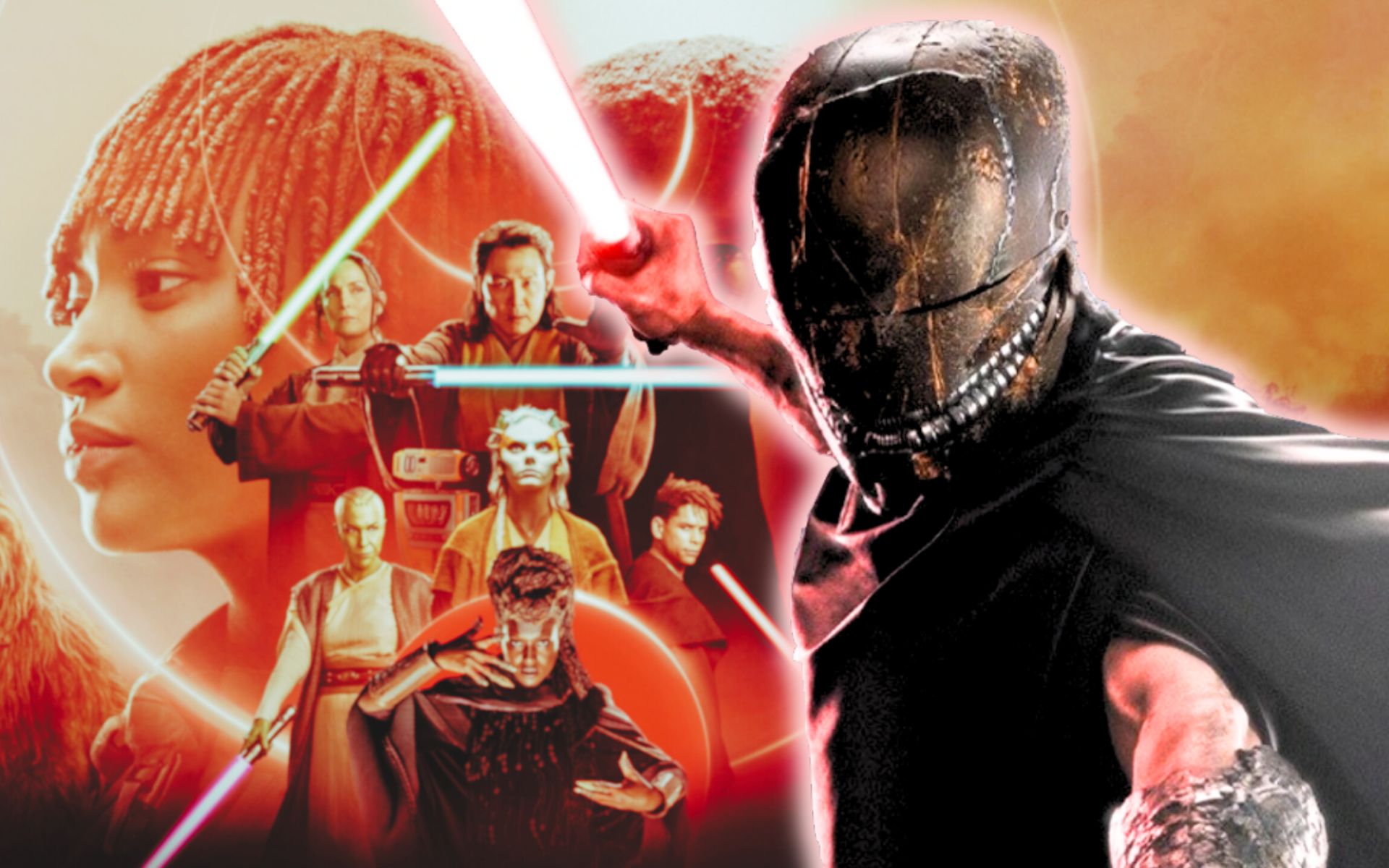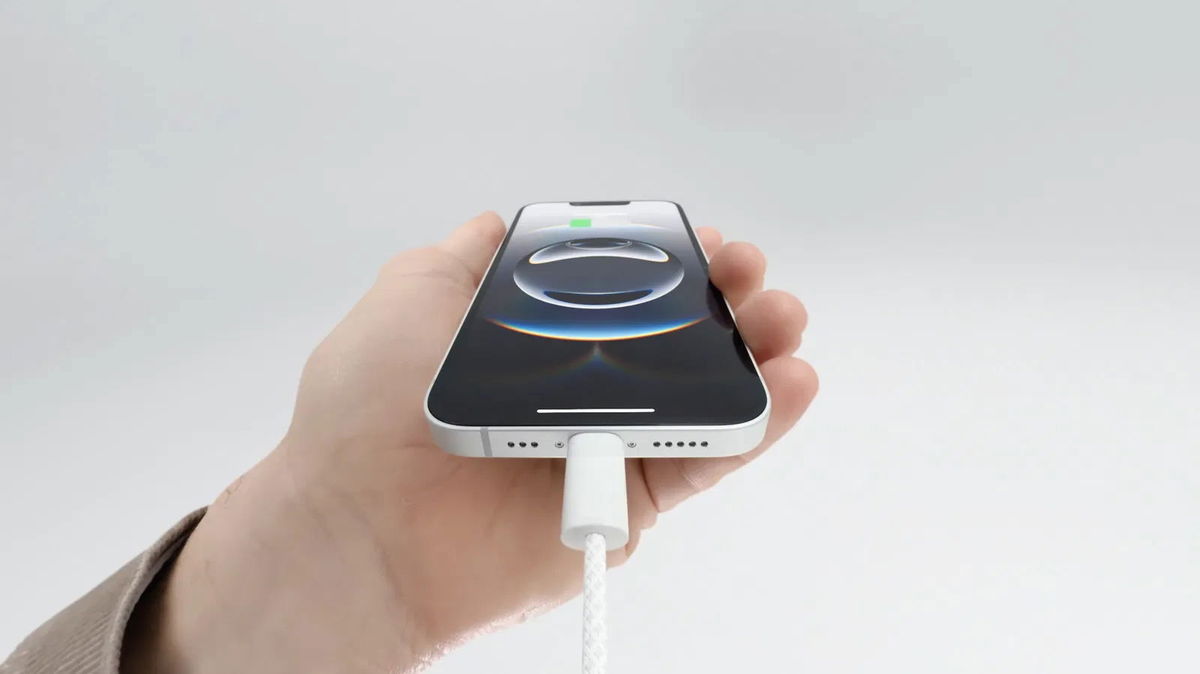By Rodolfo Brizoti.
Artificial intelligence (AI) is one of the hottest areas of computer science, and for good reason. Even if we don’t realize it most of the time, it is already a part of our daily lives.
We use artificial intelligence when we search on Google, get a series recommendation on Netflix, order pizza through iFood, use GPS to guide us, take a selfie with an Instagram filter, and talk. to a chatbot etc. Artificial intelligence helps us solve problems, save time, entertain, communicate, inform, educate and much more.
This technology, in a more technical way, is what creates machines and systems that can perform tasks that normally require human intelligenceRecognizing images, understanding natural language, playing chess, making decisions, etc. like. But although it seems new, artificial intelligence has actually been around for more than 60 years; since the term was coined in 1956 by John McCarthy, one of the pioneers of the discipline.
It has since evolved and branched into various subfields such as machine learning, natural language processing, computer vision, robotics, among others. In recent months, we have been surprised by an explosion in artificial intelligence developments and applications that has frightened and intrigued us.
We’ve seen robots that can dance, jump, run, open doors, and even do parkour. We’ve seen algorithms that can create non-existent text, images, music, videos, and human faces. We’ve seen systems that can diagnose diseases, translate languages, and recognize emotions. We have seen AI outperform humans in complex games like Go, chess, poker or StarCraft II.
These examples show us the potential and power of artificial intelligence, but also make us question its limits and risks. Will it replace humans in various activities and professions? Will it be smarter and more autonomous than humans? Will it rebel and rule the world, as cinema has done since the 80s with Terminator?
These are some of the questions that come to our mind when we think about the future of artificial intelligence. And what we are increasingly seeing covertly, unlike what we always thought, is that it is not factory workers who feel most threatened, but creative, development, programming, innovation, business professionals. because what this “new artificial intelligence” shows us is that it focuses on being closer to humans. How scary isn’t it?
But will it happen? I honestly think we shouldn’t be afraid, but instead learn to use it to our advantage. We must see this not as a threat, an enemy or a rival, but as an opportunity, an ally and a partner. Artificial intelligence is a tool, not an end. AND To say this, I turned to him, more specifically ChatGPT, and asked him what his role was in society and asked him to write a paragraph for my article. Here it is:
“One of the roles of AI is not to steal people’s places but to help them develop. AI can complement people’s skills and knowledge by offering support, guidance, feedback and inspiration. AI can facilitate access to and dissemination of knowledge and education and participation by promoting culture and participation.” “, we promote diversity and democracy. Artificial intelligence can increase the productivity and quality of products and services, creating greater value, efficiency and innovation.”
AI thus opens up a universe of possibilities for creative, constructive and behavioral innovations, if we know how to use it. Artificial intelligence allows us to explore new areas of knowledge, art, science, technology, culture, society and ourselves. It allows us to expand our capabilities, horizons, dreams and values, as well as accelerate innovation, transformation, evolution and revolution.
How to use Artificial Intelligence in the creative process?
Trying to be more practical in this context, we definitely incorporated the use of artificial intelligence into the creative and development process at my live marketing agency about 5 months ago. And the progress it has made is abysmal. Examples:
1. Virtual assistants
Past, present tense and character creation, modelling, movement, voice acting, script writing etc. It was almost impossible to incorporate virtual assistants into events or engagement campaigns due to the high investment required for them. Today we created an assistant with real features in a few minutes: with “life”, content and movement that can interact with the public.
2. Pre-brainstorming
Currently, with the support of artificial intelligence, the process of creating any project has become much faster and more dynamic, because artificial intelligence allows a “pre-brainstorming” to think about ideas and solutions. When it comes to the brainstorming itself with the creative team, everyone becomes more skilled and qualified from interacting with it.
3. Data analysis
When we talk about analyzing research data for the creation and development of various projects, AI offers a wealth of agility, analytical capacity and insight, data that can drive any creative process.
4. Presentations
For presentations, even if you don’t want the technology to create it from scratch and would rather do it to have a more effective visual quality, which in my case, AI still helps great and quickly. Whereas before I would spend hours searching for the ideal images to create a PPT slide, today I can create the exact image I want in minutes and still leave the client’s face through the desired colors in the prompt;
5. Look for inspiration
So, what about the search for experience and space? Today, with a quick “chat” with our friend GPT, we were able to discover new and often unfamiliar places, references and sources of inspiration; so we were able to find that, for example, on an incentive trip, this detail could yield F$%. @ Content Experience!
These are five examples that we already use today and We provide gains in productivity, assertiveness and agility in our processes. And these, I am absolutely sure, do not even account for 10% of the endless possibilities that artificial intelligence can bring to make our lives easier.
It truly takes us to another world, but not a dystopian world where people are slaves or obsolete, but a utopian world where people are free and heroes. A world where AI is a tool that helps us create, collaborate, learn, grow and be happy. A world where our intelligence is an extension of our creativity, our will and our humanity.
As ChatGPT mentioned above, the main point we need to keep in mind about AI is how much it can help us innovate, always aiming to produce more value and efficiency for our customers.
Artificial intelligence is already a reality among us, but it still has a lot to offer us. We should not be afraid of it, we should embrace it, understand it and enjoy it.. Artificial intelligence is an adventure that invites us to set out, but it depends on us defining the destination. It is a challenge that encourages us to overcome but requires us to be responsible, ethical and conscientious.
Artificial intelligence is an opportunity that scares us but takes us to another world. A better world.
****
Rodolfo Brizoti is Partner and Head of Creation, Planning and Content at EAÍ? Content Experience; is a vibrant marketing agency focused on content experience and innovation in organizing events, incentive campaigns, promotions, awards and a wide range of brand experience activations. He has worked with major players in the market such as Whirlpool, Heineken, iFood and Havaianas.
Source: Tec Mundo
I am a passionate and hardworking journalist with an eye for detail. I specialize in the field of news reporting, and have been writing for Gadget Onus, a renowned online news site, since 2019. As the author of their Hot News section, I’m proud to be at the forefront of today’s headlines and current affairs.











